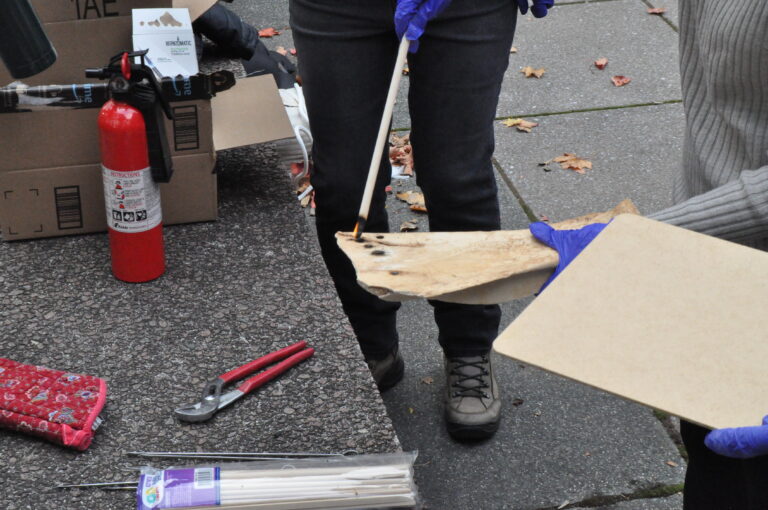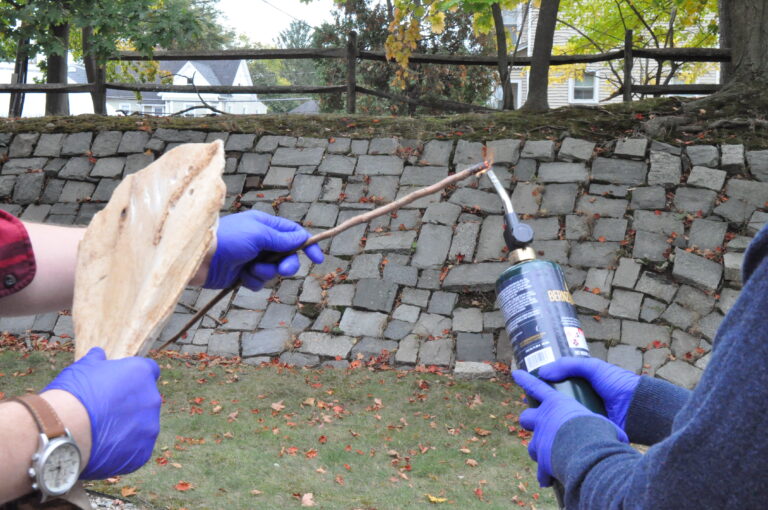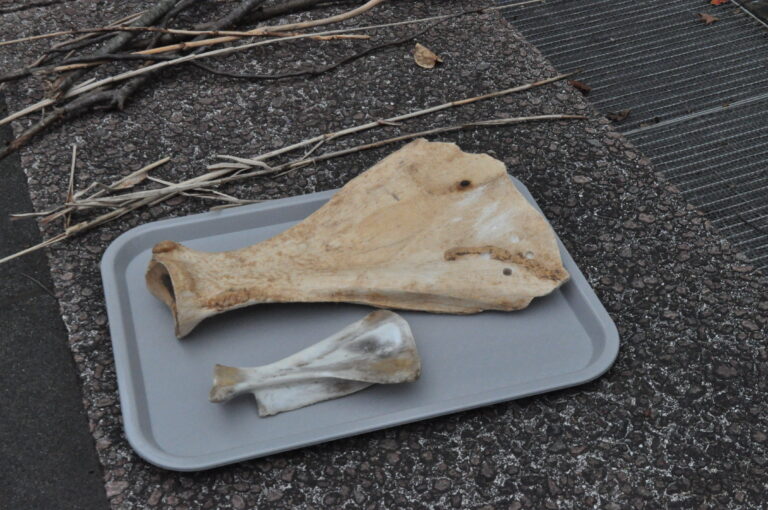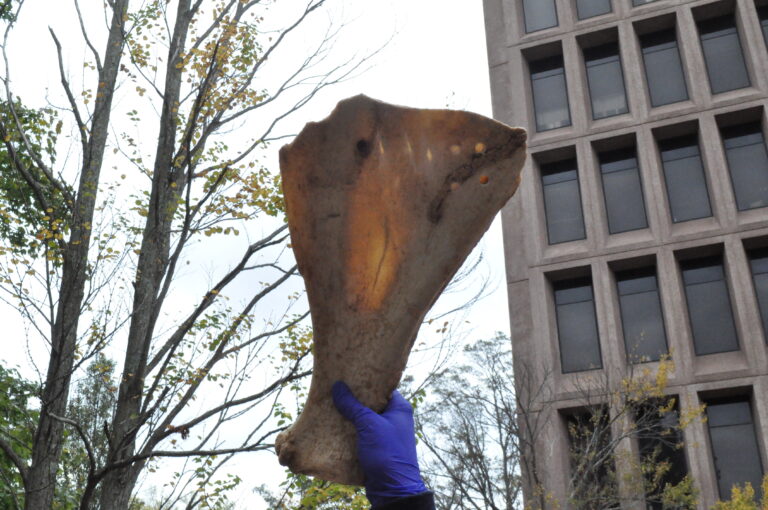Oracle Bone Burning Experiments
Fall 2020
Report by Nina Hirai (’23)
Professor Brunson’s ARCP291: East Asian Archaeology course focuses on the study of archaeology in East Asia, especially China. As part of the course, students are introduced to oracle bones, which are a special type of bone artifact utilized in divination rituals. They are also the source of the earliest written inscriptions in ancient China. Oracle bones were created by cleaning and carving hollows into animal bones (often cattle scapulae or turtle plastrons). Bones were then burned, resulting in cracks in the bone which were interpreted by wu (or shaman) to answer questions to ancestors about fertility, sacrifice, weather, military campaigns, and more. However, there is still a lot of debate about how exactly oracle bone divination rituals were performed and interpreted.
In the fall of 2020, students in Professor Brunson’s ARCP291 course took part in an experimental archaeology activity that recreated methods used for oracle bone divination. In order to prepare the bones to be used for this experiment, one of Professor Brunson’s students, Andrew Rogers (Archaeology Major, Class of 2021), helped carve hollows in a modern cattle scapula to make it thin and more likely to crack when burned (which was a relentless and much more involved process than we had originally anticipated). We also prepared a sheep scapula for our experiments. Students were then given the option to choose from a variety of tools to burn the bone such as metal rods, wooden dowels, and even grass. Even though every student tried their best, it was… much, much harder than we anticipated and we were only able to produce one miniscule crack (pictured below) as an entire class. Not being able to blow on the embers produced by burning the bone to maintain the heat probably made a big difference- we were all wearing masks due to COVID! It was a critical learning experience as students saw first hand how difficult and complex these rituals were and learned about the sophisticated techniques used for ancient ritual technologies.
Learn more about Oracle Bones HERE




